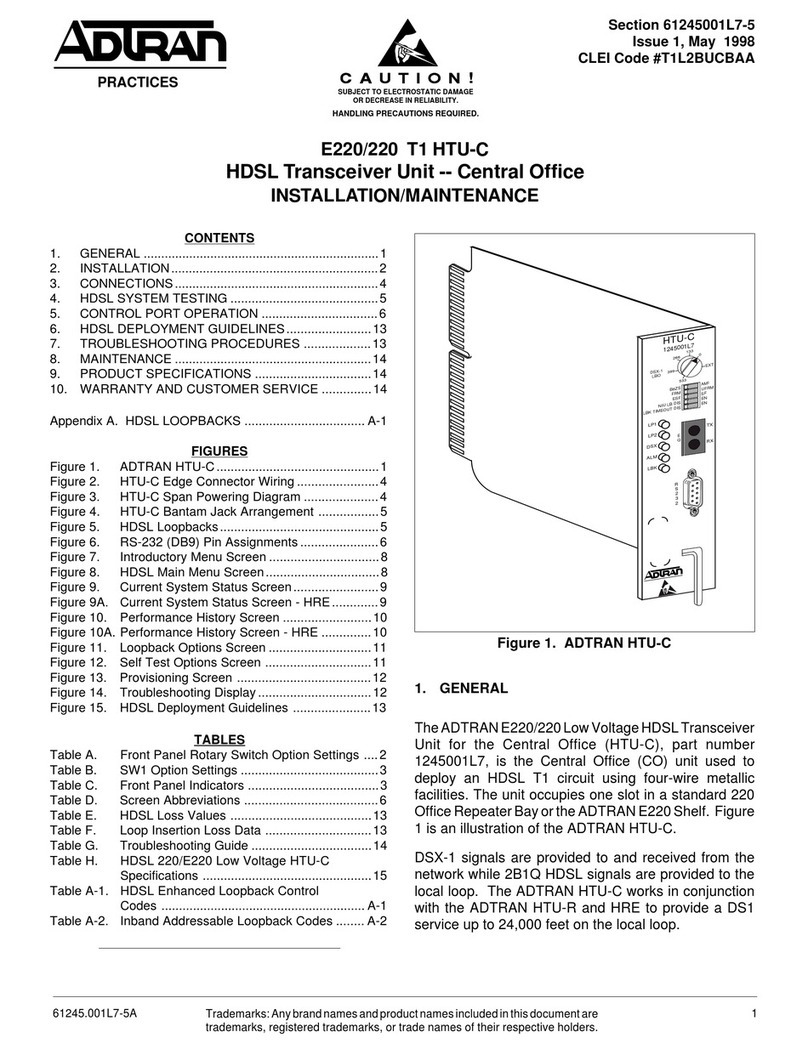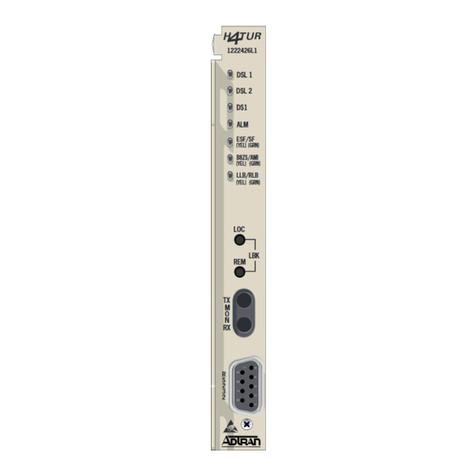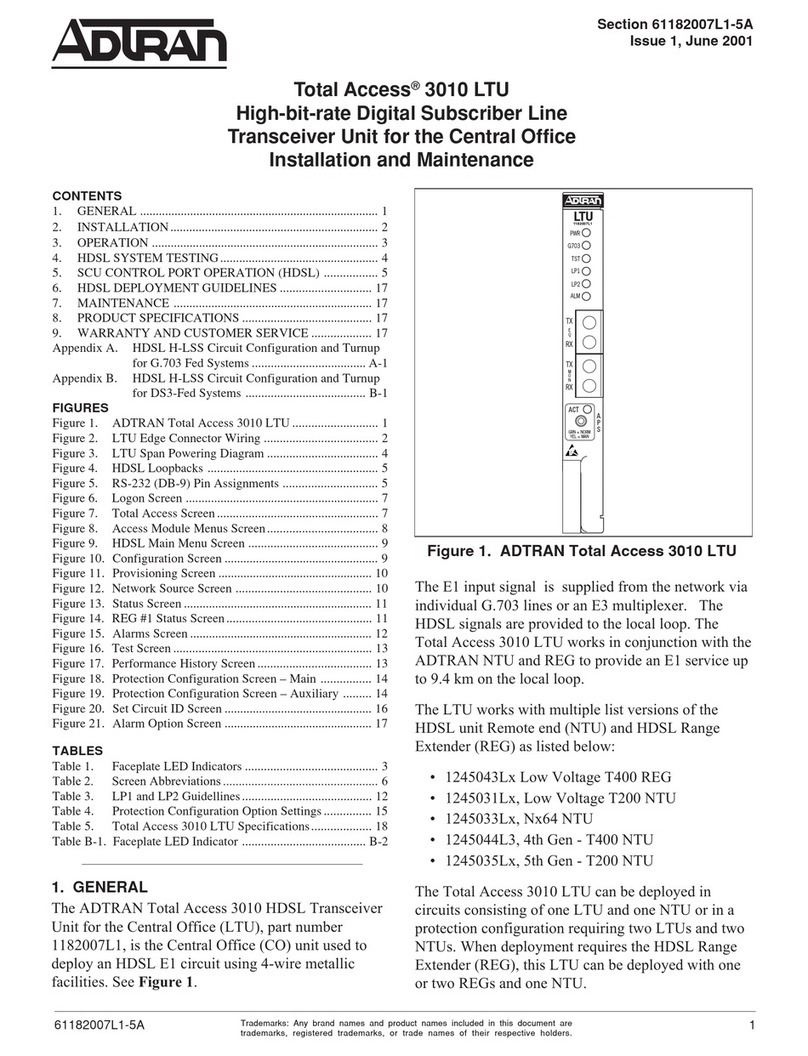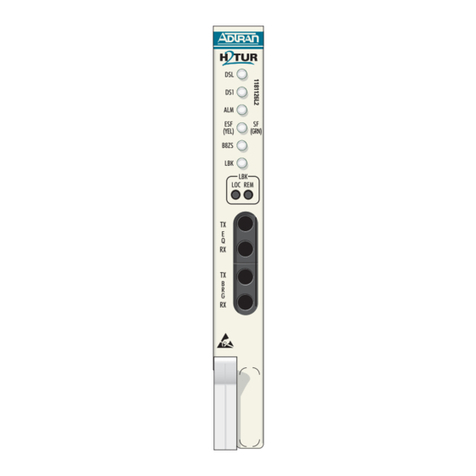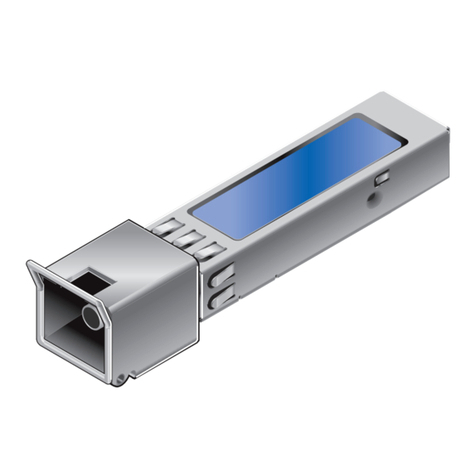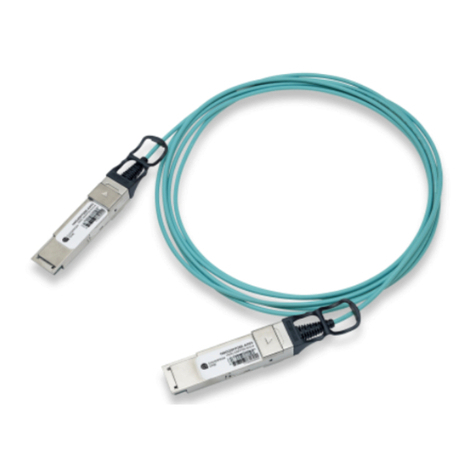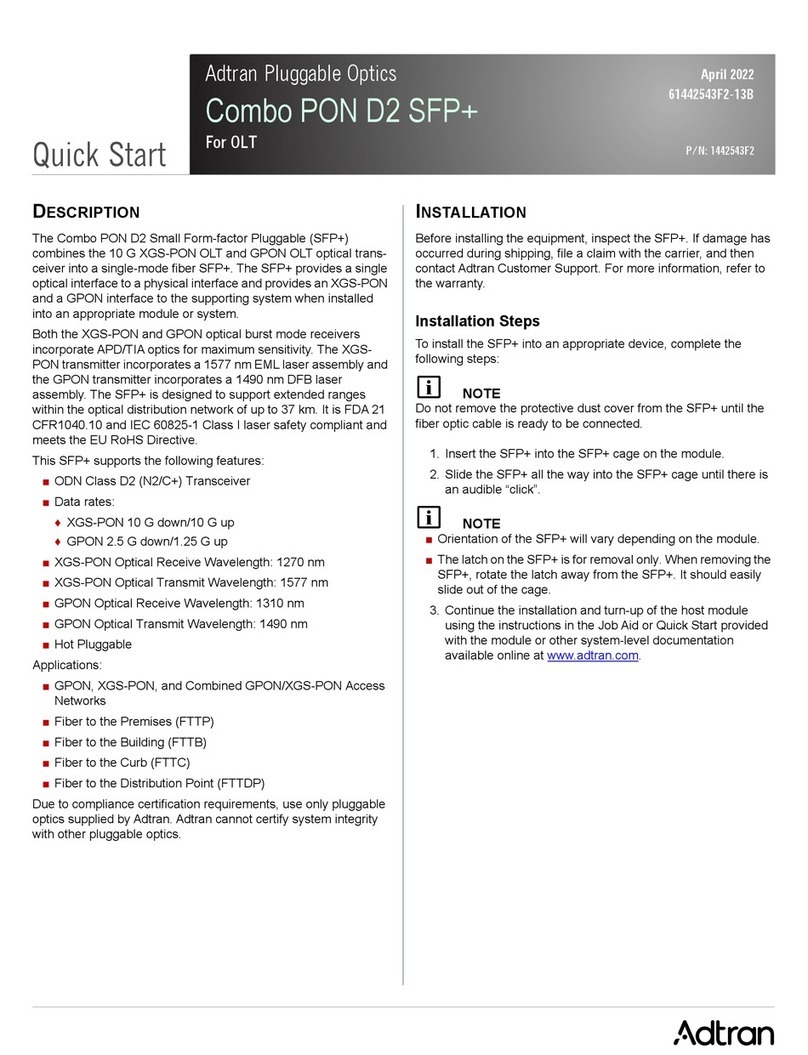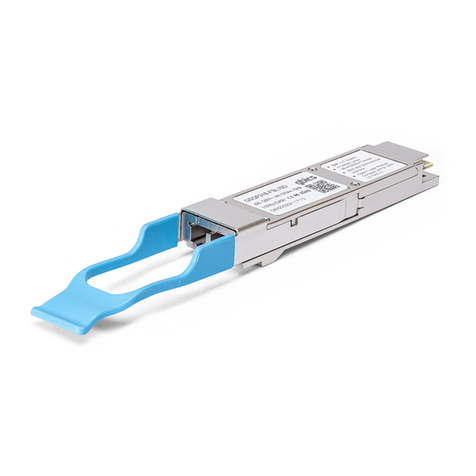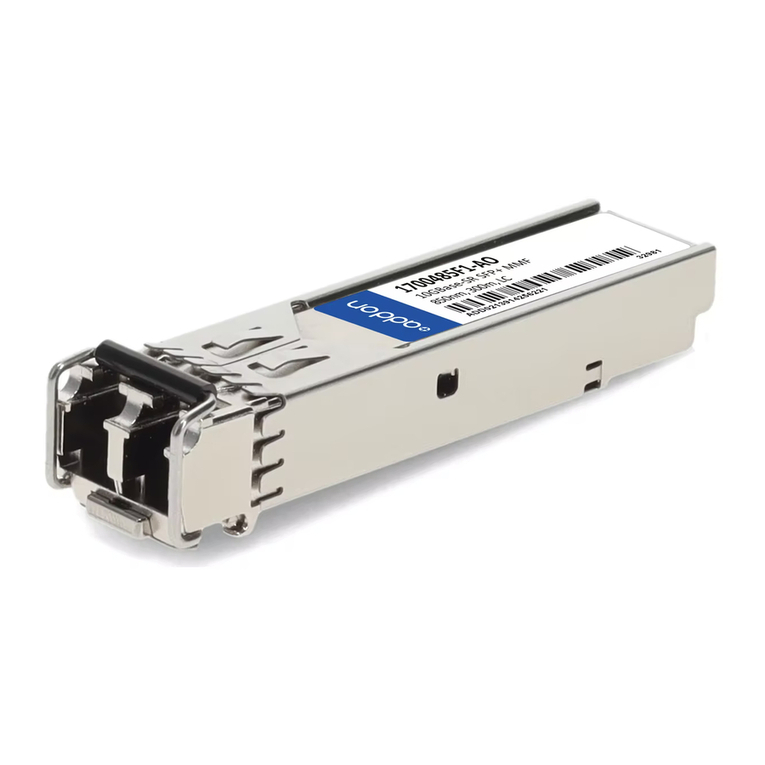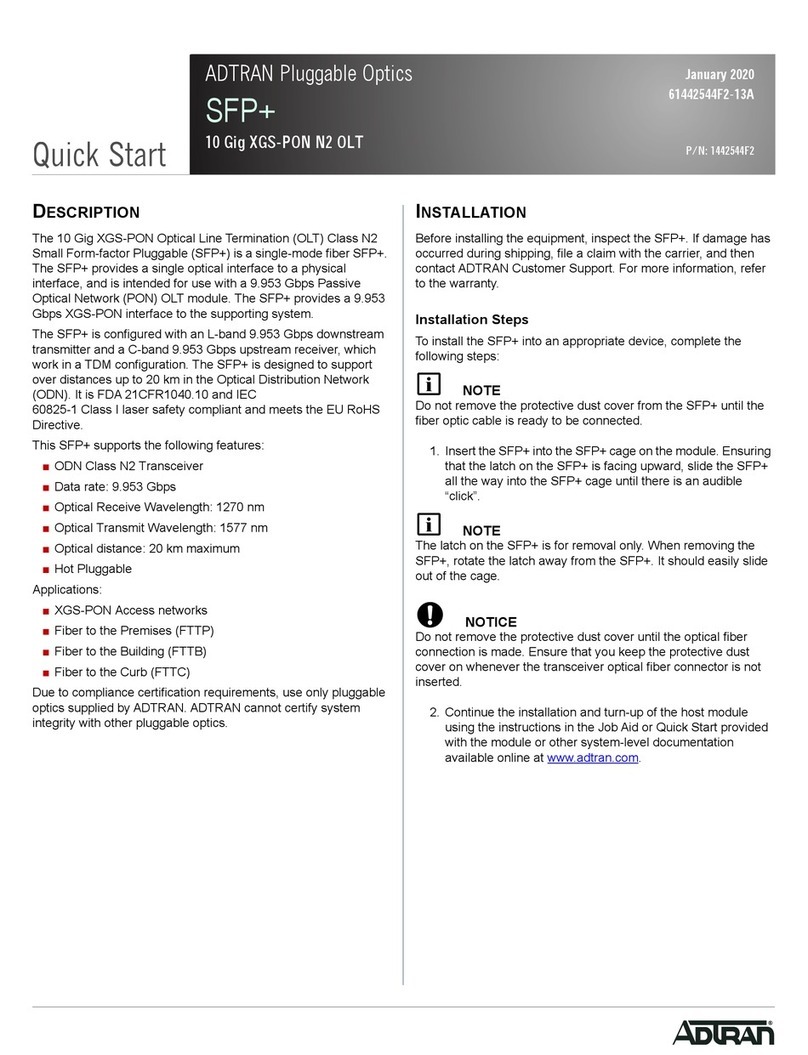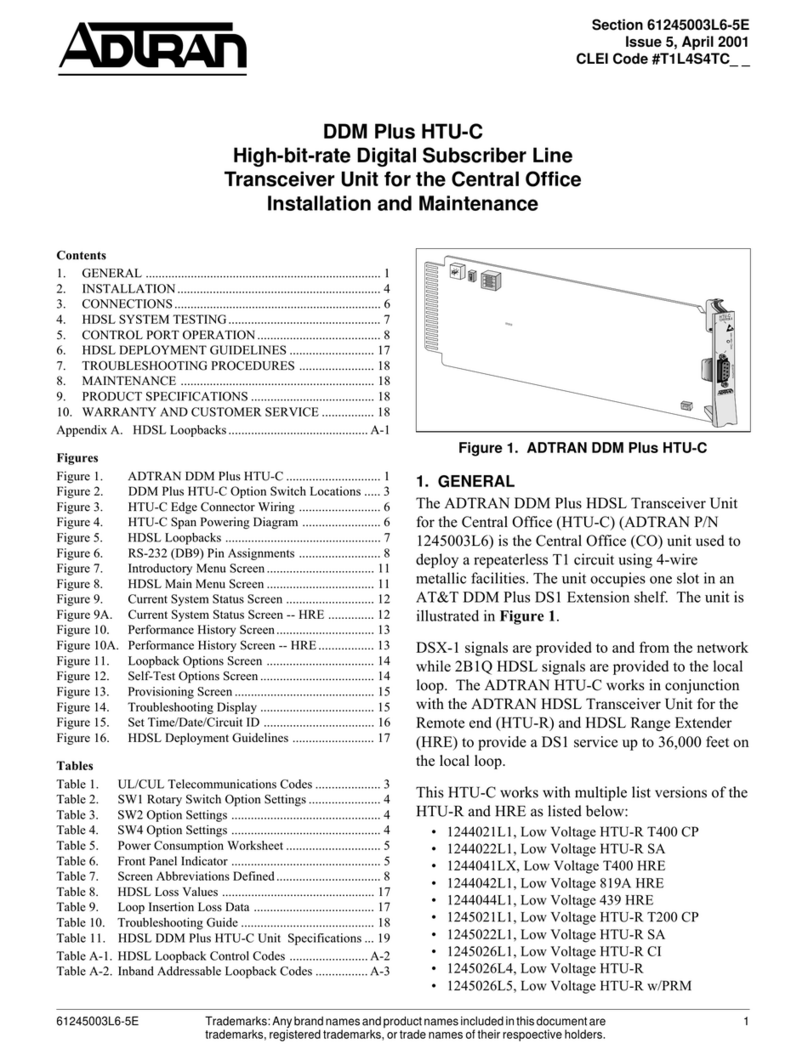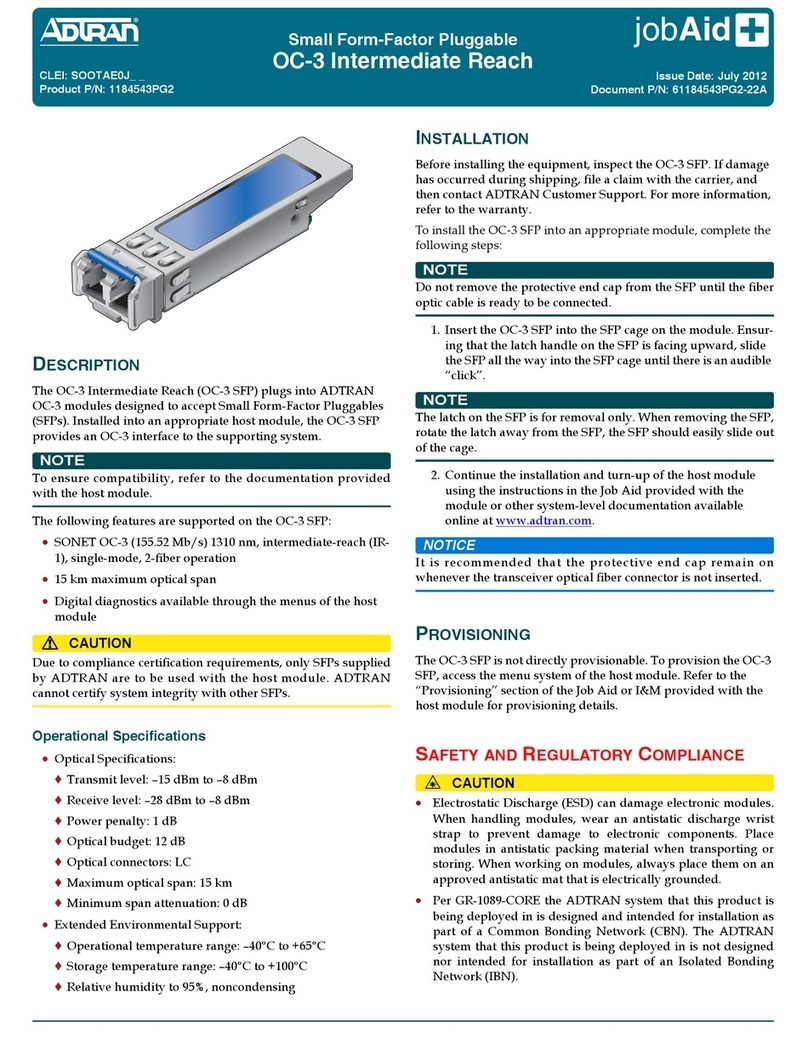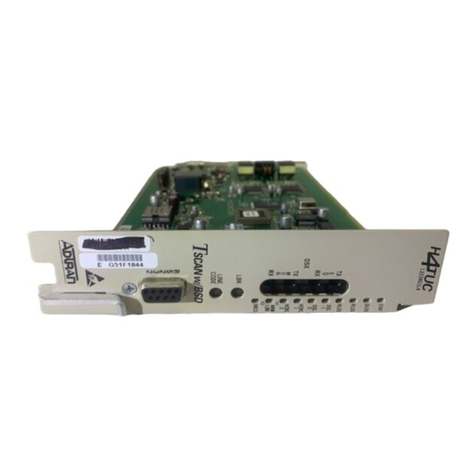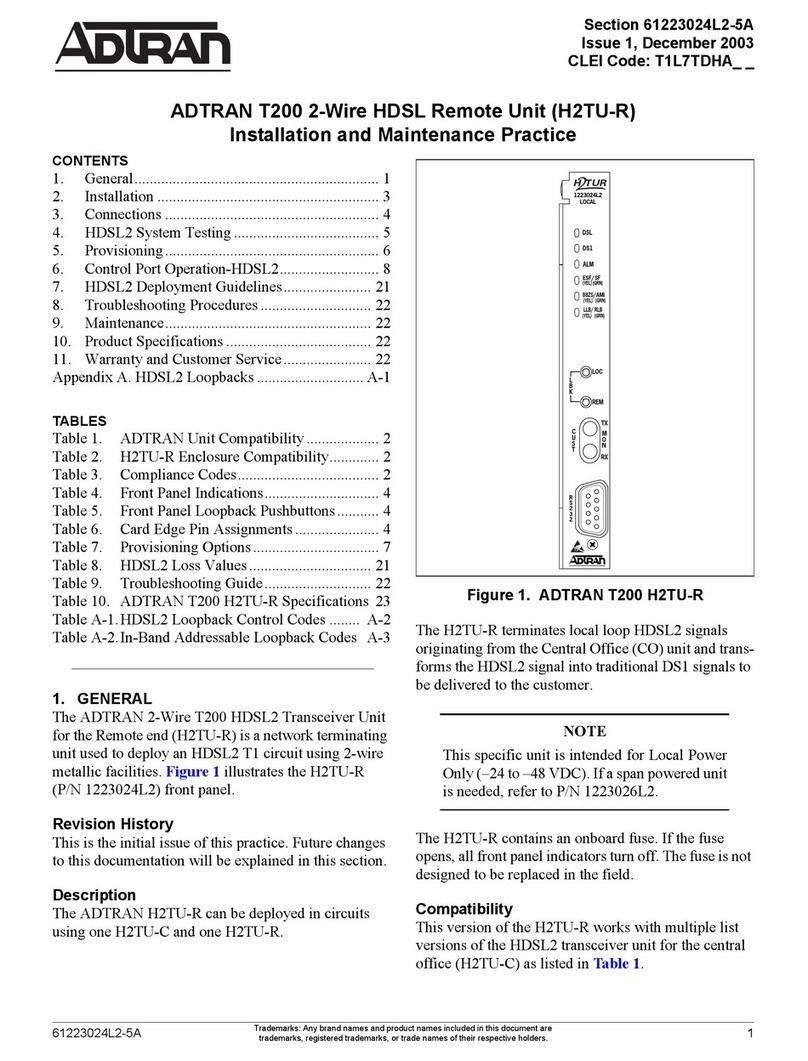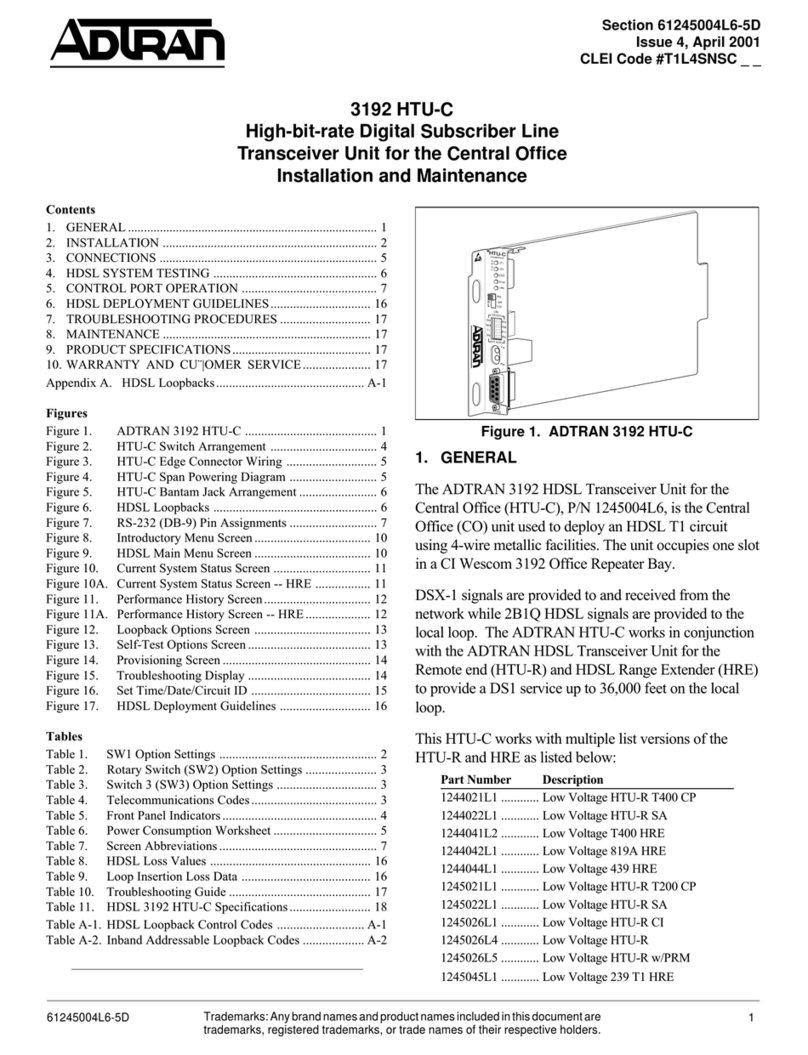
261442706PX1-22A
■Per GR-1089-CORE, this system is designed and intended for
installation as part of either a Common Bonding Network
(CBN) or Isolated Bonding Network (IBN).
■Per GR-1089-CORE Section 9, this product does not have an
internal DC connection between battery return and frame
ground. This product can be installed in a DC-I (isolated) or
DC-C (common) configuration. For installations where other
cards or the host system have internal connections between
battery return and frame ground, the system would be
intended for deployment only in a DC-C configuration.
■The chassis frame ground terminal must be connected to an
earth ground to ensure that the metal enclosure of this product
is properly grounded by way of the backplane connector.
■The OC-48 port is optical and therefore is not classified as any
type of port as defined in Appendix B of GR-1089-CORE.
■This product is designed to be deployed in GR-3108-CORE
environmental class 1 or 2, as defined in GR-3108-CORE.
This product is NRTL Listed to the applicable UL standards. This
product meets or exceeds all the applicable requirements of
NEBS, Telcordia GR-63-CORE, and GR-1089-CORE. It is intended
for deployment in Central Office type facilities, EEEs, EECs, and
locations where the NEC applies (for example, Customer
Premises). Install this product in ADTRAN equipment that is
located in a restricted access location.
This device complies with Part 15 of the FCC rules. Operation is
subject to the following two conditions:
1. This device may not cause harmful interference.
2. This device must accept any interference received, including
interference that may cause undesired operation.
Changes or modifications not expressly approved by ADTRAN
could void the user's authority to operate this equipment.
This product is designed to meet the following environmental
classes:
■ETSI EN 300 019-1-1 “Classification of environmental
conditions; Storage,” Class 1.2
■ETSI EN 300 019-1-2 “Classification of environmental
conditions; Transportation,” Class 2.3
■ETSI EN 300 019-1-3 “Classification of environmental
conditions; Stationary use at weather-protected locations,”
Class 3.3
This equipment is designed to function without degradation
during exposure to all test severities per Class 3.3 of ETSI EN 300
019-1-3.
This product meets EU RoHS Directive 2011/65/EU and/or
applicable exemptions. Refer to www.adtran.com for further
information on RoHS/WEEE.
Configuration Code Input Output
Power Code (PC) F C
Telecommunication Code (TC) – –
Installation Code (IC) A –
ToinstalltheSFP48‐18Cintoanappropriatemodule,complete
thefollowingsteps:
Do not remove the protective end cap from the SFP until the fiber
optic cable is ready to be connected.
1. Insert the SFP48-18C into the SFP cage on the module.
Ensuring that the latch handle on the SFP is facing upward,
slide the SFP all the way into the SFP cage until there is an
audible “click”.
The latch on the SFP is for removal only. When removing the SFP,
rotate the latch away from the SFP, the SFP should easily slide out
of the cage.
2. Do not remove the protective end cap until the optical fiber
connection is made.
It is recommended that the protective end cap remain on
whenever the transceiver optical fiber connector is not inserted.
3. Continue the installation and turn-up of the host module
using the instructions in the Job Aid provided with the
module or other system-level documentation available
online at www.adtran.com.
MAINTENANCE
TheSFP48-18Cdoesnotrequireroutinehardwaremaintenance
fornormaloperation.ADTRANdoesnotrecommendthatrepairs
beattemptedinthefield.Repairservicesmaybeobtainedby
returningthedefectiveunittoADTRAN.Refertothewarranty
forfurtherinformation.
SAFETY AND REGULATORY COMPLIANCE
Read all warnings and cautions before installing or servicing this
equipment.
This product uses a Class 1 Laser module that complies with 21
CFR 1040.10 and 1040.11 and IEC 60825-1 and -2. For continued
compliance with the above standards, only approved Class 1 laser
modules from an ADTRAN approved vendor list (located on the
ADTRAN website) should be installed in this product. ADTRAN
cannot certify system integrity with other laser modules.
■Electrostatic Discharge (ESD) can damage electronic modules.
When handling modules, wear an antistatic discharge wrist
strap to prevent damage to electronic components. Place
modules in antistatic packing material when transporting or
storing. When working on modules, always place them on an
approved antistatic mat that is electrically grounded.

